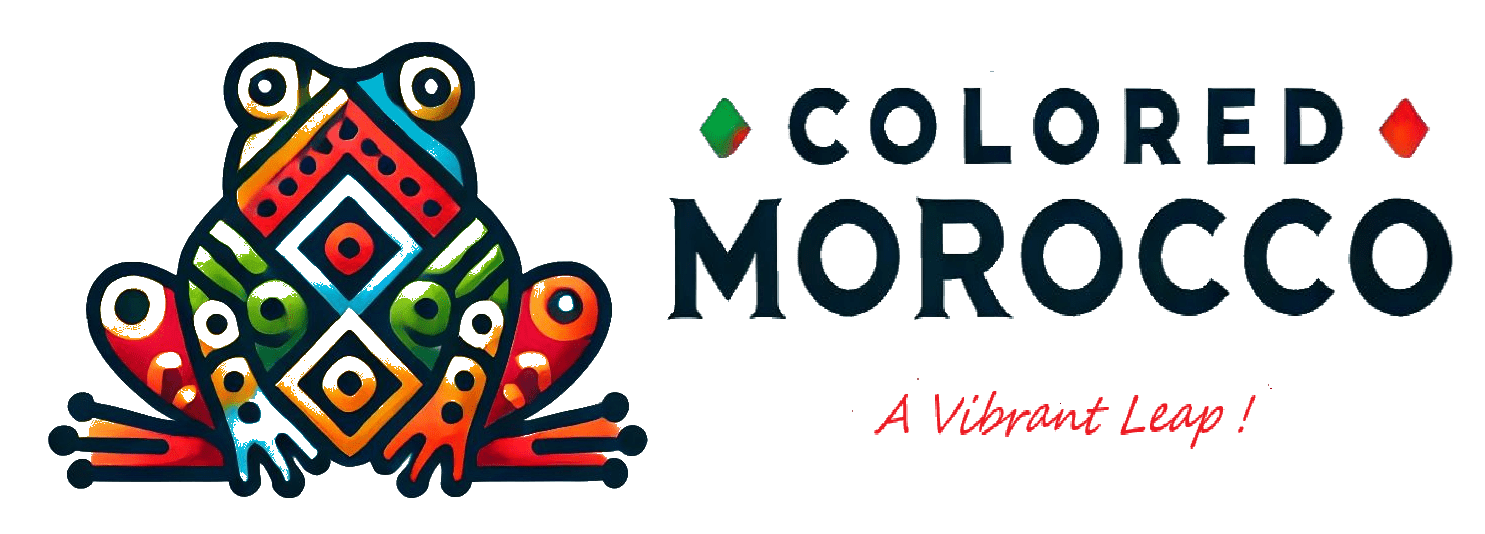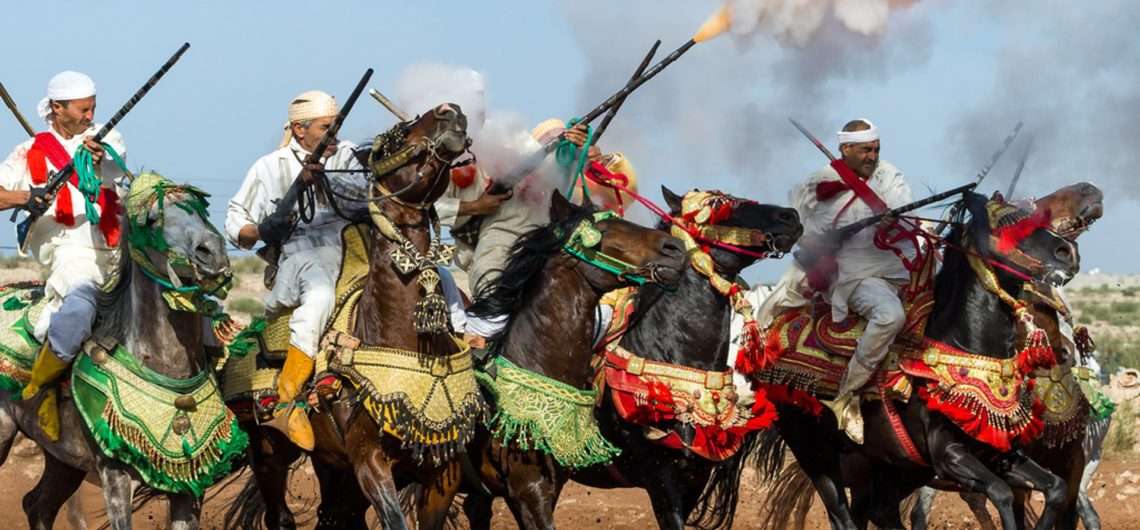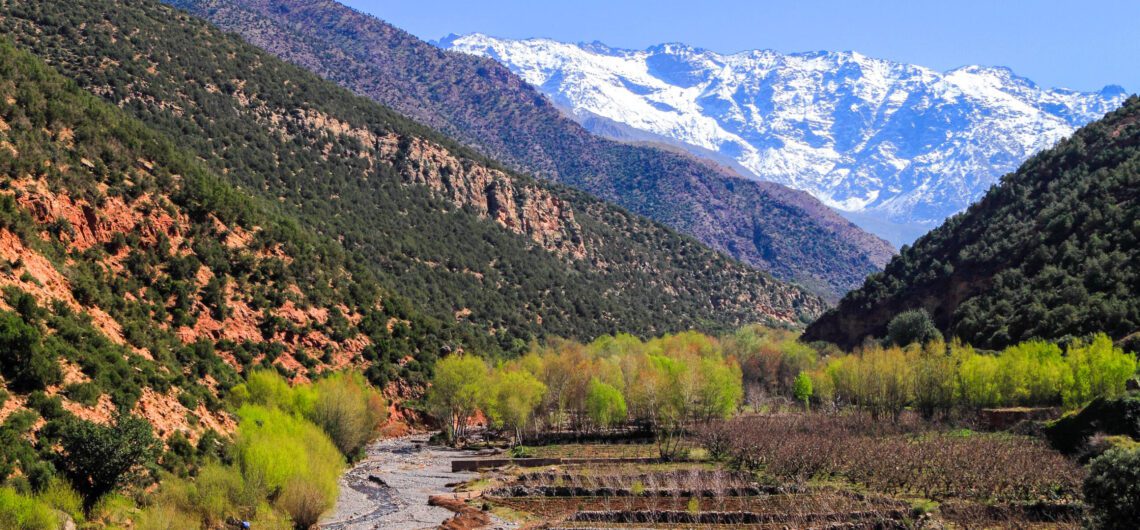Magnificent, richly adorned Arab stallions gallop in unison, ridden by riders in flaming Djellabas armed with black powder rifles. At the end of a frantic gallop under the encouragement of the crowd, all the detonations of the rifles must then merge into a single clap of thunder. It's the Fantasia Tbourida in Morocco, and it's a breathtaking spectacle. And that's why you have to attend a fantasia tbourida in Morocco. The Fantasy of the Fantasia You can almost feel the ground vibrate under the hooves of the Arab thoroughbred horses charging at full gallop, encouraged by the screams of their riders. Then at the end of a frantic race, it is the apotheosis. Shots ring out as one big explosion whose power surprises us even though we were expecting it. The riders and their mounts are engulfed in a cloud of smoke for a brief moment, before reappearing perfectly aligned in front of the spectators as if to bow out, to a rain of applause. We just have time to recover from our emotions and admire the beauty of their accoutrements and the richness of their finery before they turn around and trot back. I can assure you that you'll enjoy this impressive spectacle. Fantasia Tbourida, a Moroccan tradition of yesteryear Fantasia or Tbourida in Arabic is a very old prestigious practice of Berber origin which aims to simulate a military assault by cavalry of yesteryear. It is a groups of ten riders belonging to the same tribe or ethnic community and commanded by a chief called M’qaddem. According to tradition, the harness and saddlery of horses must be embroidered with 18-carat gold thread and the armament must be made by hand. The long parade rifles with chiseled butts inlaid with mother-of-pearl and ivory are rimmed in silver. The riders
Magnificent, richly adorned Arab stallions gallop in unison, ridden by riders in flaming Djellabas armed with black powder rifles. At the end of a frantic gallop under the encouragement of the crowd, all the detonations of the rifles must then merge into a single clap of thunder. It’s the Fantasia Tbourida in Morocco, and it’s a breathtaking spectacle. And that’s why you have to attend a fantasia tbourida in Morocco.



